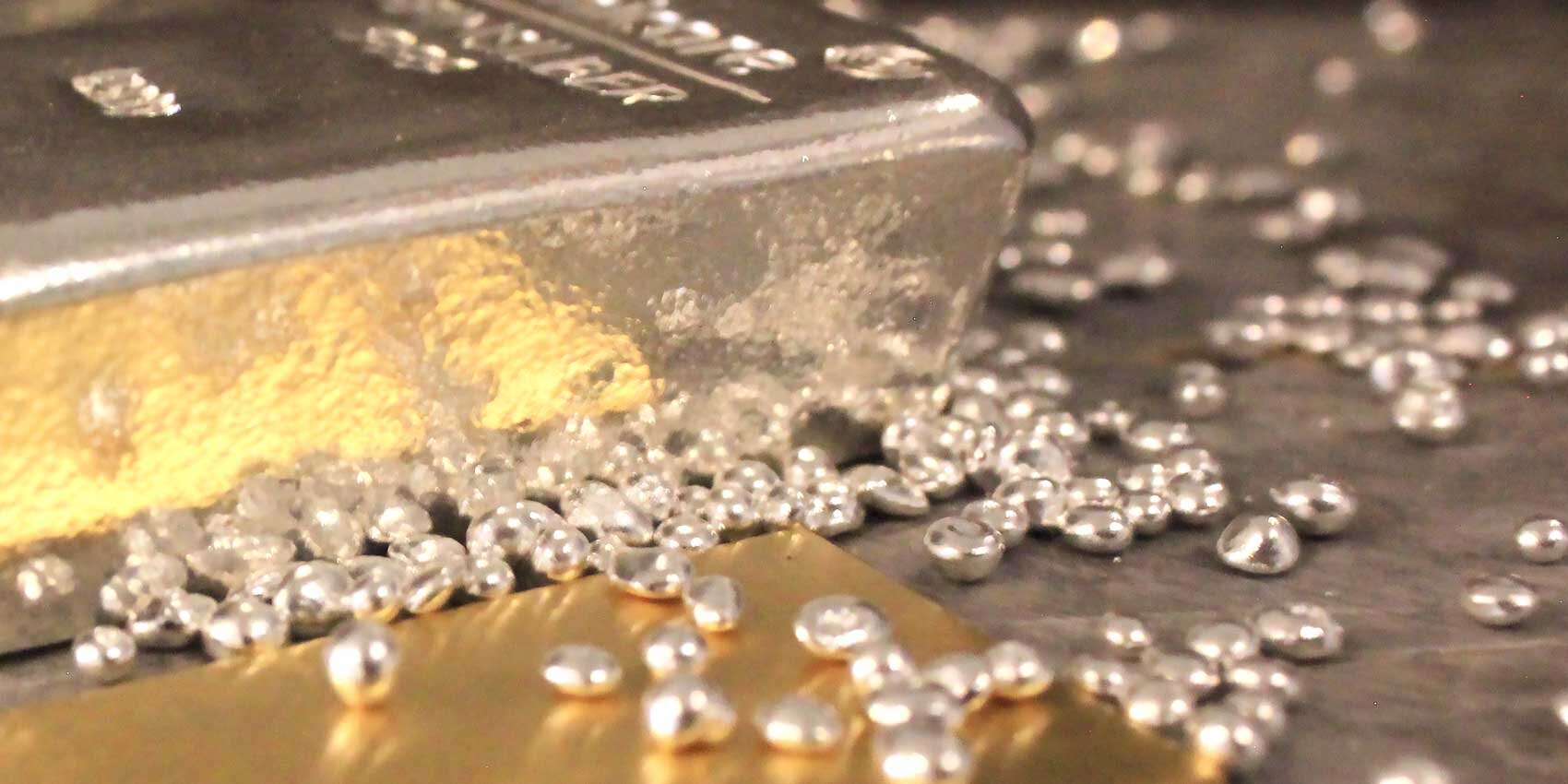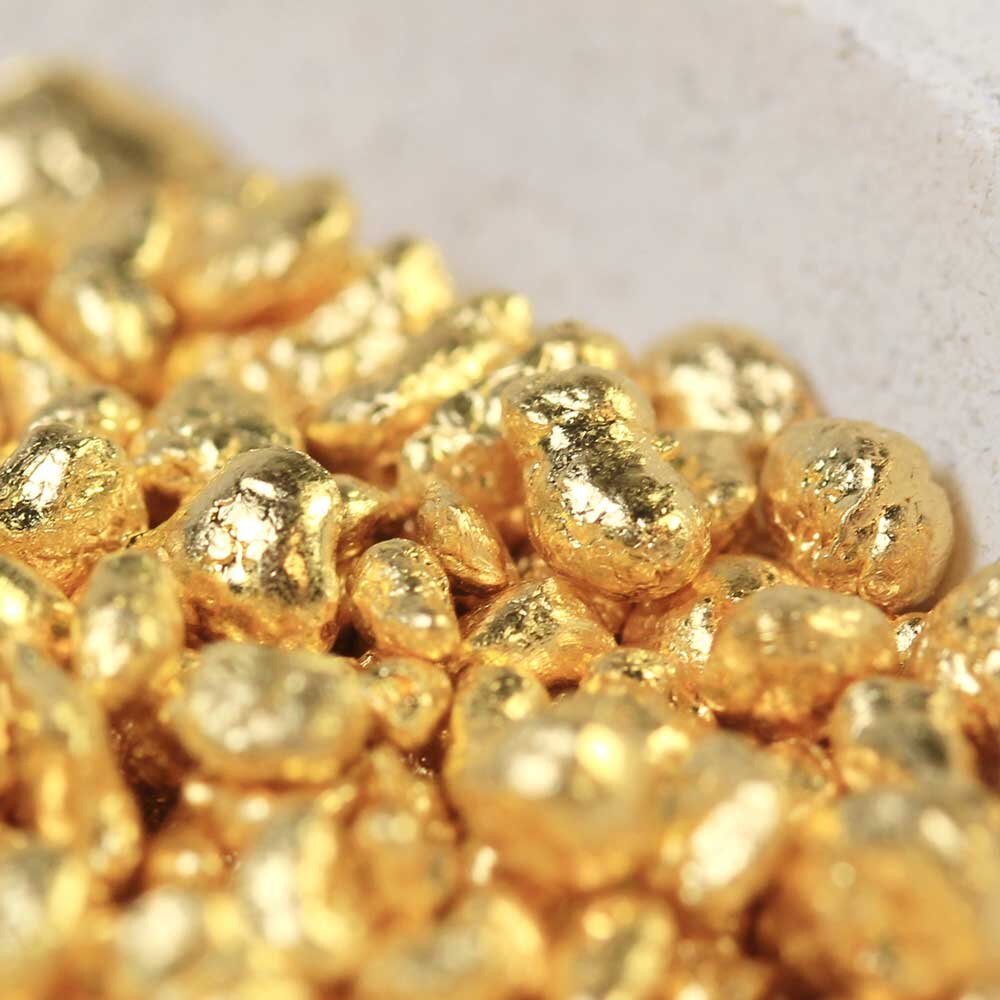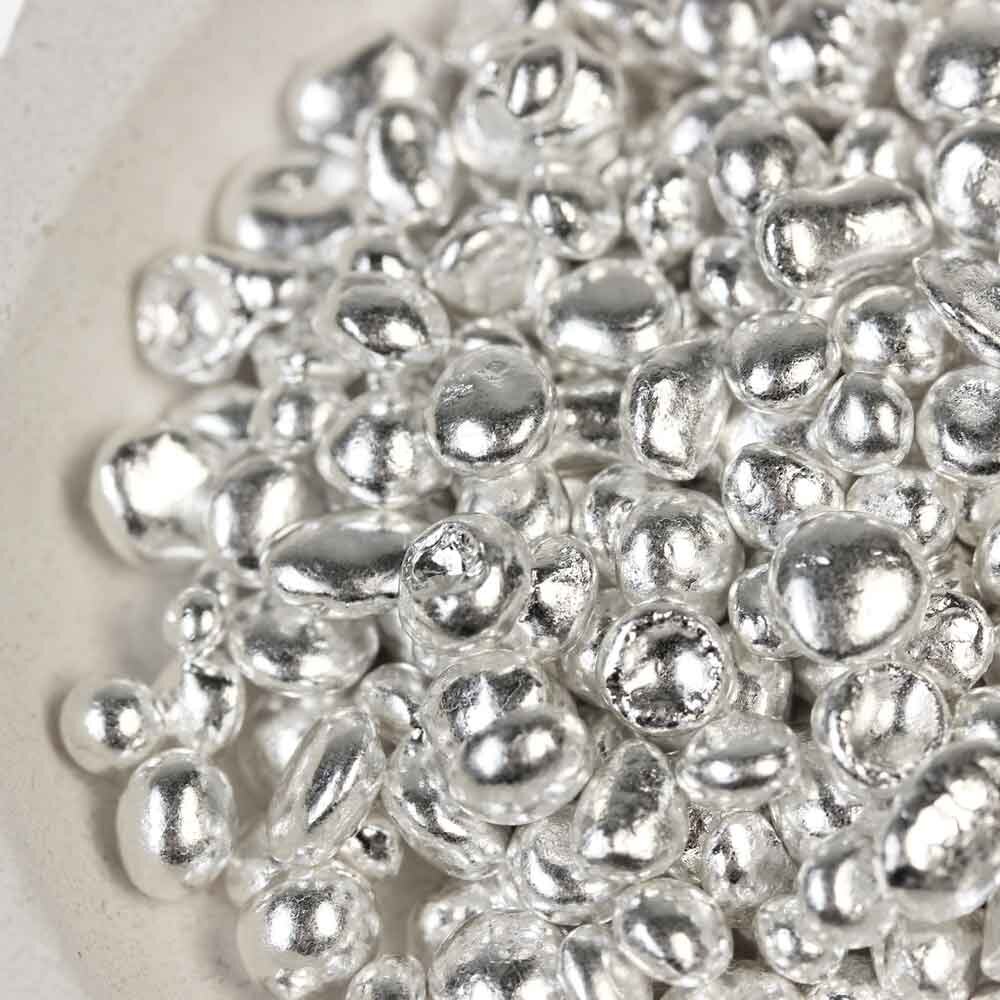- Gold 682.19
- Silver 7.64
- Palladium 218.18
- Platinum 219.29

- Frontpage
-
New
Tilbage
Luk -
Tools & Machines
Tilbage
LukTools & Machines
-
Se alt i Tools & Machines
- New
- Gift Card
-
Hand Tools
Tilbage
LukHand Tools
-
Se alt i Hand Tools
- Pliers
- Saw Frames & Blades
- Precisions Files / Handles for needle files
- Gravers / Handle for gravers
- Calipers / Measuring
- Dividers / Engineers Squares
- Magnifier / Glasses
- Shears
- Tweezers
- Soldering Tweezers
- Hammers
- Ring Sticks / Ring Gauges / Wrist Meters
- Setting & Engraving Equipment
- Joint Cutters / Profile Cutters
- Special Tools
- Reamers / Pin Vices
- Stamps
-
Drills / Cutters / Miniature brushes
Tilbage
LukDrills / Cutters / Miniature brushes
-
Grinding / Polishing
Tilbage
LukGrinding / Polishing
-
Metal Forming
Tilbage
Luk -
Soldering / Melting Equipment
Tilbage
Luk -
Machines
Tilbage
LukMachines
-
Se alt i Machines
- Lathes
- Electroplating / Electropolishing
- Engraving / GRS
- Engraving Machines / Laser Engraving
- JURA by GRS
- Compressors
- Magnetic Tumbler / Rotary Tumbler
- Micromotors / Flex Shaft motors
- Ring Stretchers / Ring Bending Machines
- Blasting
- Grinding / Polishing / Brass
- Pickling Units
- Draw Bench
- Extraction unit
- Ultrasonic Cleaners / Steam Jet Cleaners
- Rolling Mills
- Vivacolor
-
Wax / Casting
-
Literature
Tilbage
LukLiterature
-
Equipment
- Watchmaker Tools
-
Chemicals / Cleaning
Tilbage
Luk
-
Findings
Tilbage
LukFindings
-
Se alt i Findings
- New findings
-
Pearl Clasps / Parts
Tilbage
Luk -
Settings / Pendants
Tilbage
LukSettings / Pendants
-
Brooch
Tilbage
Luk -
Ear Parts
-
Cufflinks / Tie Clips / Tie Slides / Button Backs
Tilbage
LukCufflinks / Tie Clips / Tie Slides / Button Backs
-
Clasps
-
Chains
Tilbage
Luk -
Assorted Findings
Tilbage
Luk
-
Diamonds & Gemstones
Tilbage
LukDiamonds & Gemstones
-
Courses
- Log ind
- Min konto
- Log ud
-
Vælg sprog
Tilbage
LukVælg sprog

Precious Metals Guide
A precious metal is termed "precious" due to its unique properties: it is impervious to substances such as water, steam, and oxygen and possesses a rare combination of durability and luster.
The most well-known and widely used precious metals include gold, silver, platinum, and palladium. Below is an overview and guide to the key precious metals within the jewelry industry.
Gold (Au):
Gold has been regarded as a valuable material for thousands of years, and today, it still holds its status as the world's most important precious metal, both in the jewelry industry and the realms of banking and investments. Apart from jewelry production, many consider it a secure investment during economic uncertainties. Gold is also valued as a crucial industrial resource; for instance, it is used as a lubricant in the aerospace industry since oils and greases evaporate in space.
Gold is a relatively rare element, historically primarily extracted from nature, often from specific mines or rivers. Mining for gold in nature is a strenuous task, so today, it is predominantly recycled through smelting. For example, jewelry is often sold to gold buyers and jewelry stores. It undergoes a process called refining, wherein it is purified and ends up as pure gold, ready to re-enter circulation.
At Aktiv Guld, we exclusively sell recycled gold, encouraging you to reintegrate your old gold into the cycle.
> You can create a metal account here and send your old gold back into circulation.
The price of gold is heavily influenced by the global economy, with decreasing gold prices generally signaling an improved economy.
The purity of gold is measured in karats, with pure gold, also known as fine gold, corresponding to 24 karats. However, 24 karat gold is too soft for use in jewelry, so gold is alloyed with other metals such as silver and copper, making the gold alloy harder and suitable for jewelry making.
The proportion of pure gold per piece of jewelry is measured in parts per thousand. In jewelry making, 18 karat (750‰ gold) and 14 karat (585‰) are commonly used, but variations include 8 karat (333‰) and 22 karat (916‰).
FACTS:
- Fine gold at 999.9‰ is a very soft metal with a warm, golden color.
- Gold is the most malleable of all metals; just 10 grams can be rolled or forged into a 35 m² and 0.00014 mm thin sheet of gold leaf. Stretched into a thread, the same amount can be more than 25 km long.
- Fine gold has a high melting point of 1064.18 degrees.
- Gold is a very dense material, weighing almost double that of silver and three times that of iron.
Recycled Gold
Gold is still getting more complicated to extract and at the same time the extraction have serious consequences for the environment.
The gold you buy at Aktiv Guld originates from recycling.
Silver (Ag):
Silver, like gold, has been considered valuable for thousands of years. Since ancient times, silver has been used for jewelry, coins, silverware, mirrors, and other decorative items. The oldest archaeological discovery of silver dates back to around 3500 BCE in the Caucasus region.
Silver is a precious and heavy metal with numerous properties. It is soft, malleable, chemically resistant, and can reflect light. In addition to jewelry and silverware, silver is used for industrial purposes, as it has excellent conductivity for both electricity and heat, seen in applications such as cables and batteries. Silver also possesses antiseptic and antibacterial properties, making it useful in hospital wound treatment.
Pure silver is called "fine silver," and like gold, it is too soft for use in jewelry. Therefore, sterling silver consists of 92.5% (i.e., 925‰) pure silver and 7.5% copper. The term "sterling" comes from an English penny that bore this name and had a silver content of 925/1000 in the alloy. Silver can also be alloyed with metals other than copper.
FACTS:
- Fine silver at 999.9‰ is a soft metal with a whitish color.
- Silver has a melting point of 961.8 degrees Celsius and a density of 10.5 g/cm³
Platinum Group (PGE):
The metals of the platinum group, also known as platinum metals or simply "PGE" (Platinum Group Elements), include the six elements platinum (Pt), palladium (Pd), rhodium (Rh), ruthenium (Ru), iridium (Ir), and osmium (Os).
Platinum was discovered back in 700 BCE in ancient Egypt and South and Central America. It was brought to Europe around the 1500s when explorers returned. The name "platinum" is Spanish for 'little silver' because platinum resembles silver, although it was less valued back then. Europeans struggled to smelt the precious metal due to its exceptionally high melting point.
However, this has changed: The unique properties of PGE make them some of the world's most valuable metals with significant industrial importance. Platinum is often used in diamond jewelry, and PGE metals are employed in catalysts in the transportation industry and electrodes in measuring equipment, among other applications. In platinum alloys combined with rhodium or iridium, the metal is also used in high-temperature elements and filaments for electric furnaces up to 1800 degrees Celsius.
Metals of the platinum group are often used for similar purposes as they share characteristics such as a high melting point, high density, and the ability to catalyze reactions — that is, increase the speed of a chemical reaction without being consumed themselves.
FACTS:
Platinum (Pt)
- 999.5‰ is a white-gray, soft, and pliable metal with exceptional resistance to thermal and chemical influences.
- Density: 21.45 g/cm³.
- Melting point for platinum is 1768.3 degrees Celsius.
Palladium (Pd):
- 999.5‰ is a hard, gray-white metal.
- Density: 12.023 g/cm3.
- The melting point of Palladium is 1554.9 degrees Celsius.
Rhodium (Rh):
- 999.5‰ is a hard, whitish metal with an exceptionally strong luster, used for rhodium plating.
- Density: 12.41 g/cm3.
- Melting point: 1964 degrees Celsius
Osmium (Os):
- 999.5‰ is a hard, gray-white metal with a bluish tint.
- Density: 22.61 g/cm3.
- Melting point: 3033 degrees Celsius.
Iridium (Ir):
- 999.5‰ is a hard, gray-white metal.
- Density: 22.42 g/cm3.
- Melting point: 2446 degrees Celsius.
Ruthenium (Ru):
- 999.5‰ is a hard, whitish-gray metal.
- Density: 12.45 g/cm3.
- Melting point: 2334 degrees Celsius.
Shop online
As a customer of Aktiv Guld, you can quickly and easily make your purchases online, regardless of whether it is from a computer, smartphone or tablet.
Login >
If you are not already registered as a user, you can do so here:

